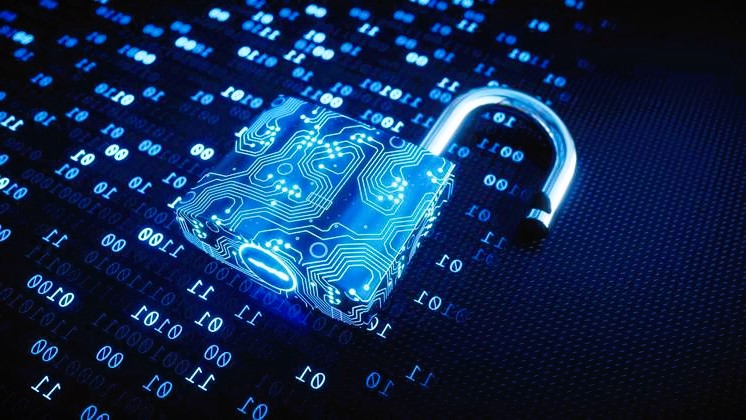In the dynamic and interconnected landscape of the digital age, startups are particularly vulnerable to cyber threats. The increasing frequency and sophistication of cyberattacks underscore the importance of robust cybersecurity measures for safeguarding sensitive data and ensuring the longevity of a startup. This comprehensive guide explores the key aspects of cybersecurity for startups, providing insights into the threats they face, best practices to mitigate risks, and resources to navigate the complex world of cybersecurity.
Understanding Cybersecurity for Startups
1. Cyber Threat Landscape:
Startups, regardless of their size, are attractive targets for cybercriminals. Threats include phishing attacks, ransomware, data breaches, and more. Understanding the evolving cyber threat landscape is the first step toward building a resilient cybersecurity strategy.
2. Importance of Cybersecurity:
Cybersecurity is not just a technical consideration but a crucial aspect of business strategy. A successful cyberattack can result in reputational damage, financial loss, and legal consequences. Prioritizing cybersecurity is essential for building trust with customers, partners, and investors.
Key Components of Cybersecurity for Startups

1. Risk Assessment:
Start by conducting a comprehensive risk assessment to identify potential vulnerabilities and threats. Assess the value of the data you handle, potential impact of a breach, and the likelihood of various cyber threats.
2. Data Protection:
Prioritize the protection of sensitive data. Implement encryption for data in transit and at rest. Regularly update access controls and ensure that employees have the minimum necessary access to perform their roles.
3. Employee Training and Awareness:
Human error is a significant factor in cybersecurity incidents. Provide regular training to employees on recognizing phishing attempts, practicing secure password management, and following best practices for online behavior.
4. Secure Development Practices:
If your startup involves software development, integrate secure coding practices into the development lifecycle. Regularly update and patch software to address known vulnerabilities. Using the capabilities of chatbots to interact with customers, see the link for more details.
5. Incident Response Plan:
Develop a robust incident response plan outlining the steps to take in the event of a cybersecurity incident. This plan should include communication protocols, contacts for law enforcement, and procedures for data recovery.
6. Vendor Security:
If your startup relies on third-party vendors or cloud services, ensure they adhere to robust cybersecurity standards. Regularly assess and monitor the security practices of your vendors.
Best Practices for Cybersecurity
1. Use Strong Authentication:
Implement multi-factor authentication (MFA) wherever possible to add an extra layer of security. This significantly reduces the risk of unauthorized access even if login credentials are compromised.
2. Regularly Update and Patch Systems:
Keep all software, including operating systems and applications, up to date with the latest security patches. Regular updates help protect against known vulnerabilities.
3. Backup Critical Data:
Regularly back up critical data and ensure that backups are stored securely. In the event of a ransomware attack or data loss, having reliable backups is crucial for recovery.
4. Network Security:
Secure your startup’s network with firewalls, intrusion detection systems, and regular network scans. Monitor network traffic for unusual activity that may indicate a security incident.
5. Continuous Monitoring:
Implement continuous monitoring of systems and networks to detect anomalies or potential security threats in real-time. Proactive monitoring allows for swift responses to emerging cyber threats.
Resources for Cybersecurity Education

1. Cybersecurity Frameworks:
Explore widely recognized cybersecurity frameworks such as NIST Cybersecurity Framework and ISO/IEC 27001. These frameworks provide guidelines and best practices for building a robust cybersecurity program.
2. Online Courses and Certifications:
Encourage your team to pursue cybersecurity certifications and enroll in relevant online courses. Platforms like Coursera, edX, and Cybrary offer comprehensive cybersecurity training.
3. Government Cybersecurity Resources:
Many governments provide cybersecurity resources and guidelines for businesses. Check with your local cybersecurity agencies for valuable information and support.
Standards in Cybersecurity
For those interested in exploring standards and best practices in the field of cybersecurity, the Wikipedia page on Cybersecurity offers comprehensive insights. This resource covers various aspects, including definitions, frameworks, and notable cybersecurity incidents, providing valuable perspectives on the standards that shape the cybersecurity landscape.
The Future of Cybersecurity for Startups
As technology evolves, the future of cybersecurity for startups will continue to face new challenges. Emerging technologies like artificial intelligence and the Internet of Things will introduce novel cybersecurity threats, necessitating ongoing adaptation and innovation in cybersecurity strategies.
Conclusion
Cybersecurity is a non-negotiable aspect of modern business operations, especially for startups navigating the digital landscape. Prioritizing cybersecurity from the outset is crucial for building a strong foundation that protects sensitive data, preserves trust, and ensures the long-term success of the startup. By understanding the key components of cybersecurity, adopting best practices, and staying informed about evolving cyber threats, startups can proactively defend themselves in the ever-changing cybersecurity landscape.
